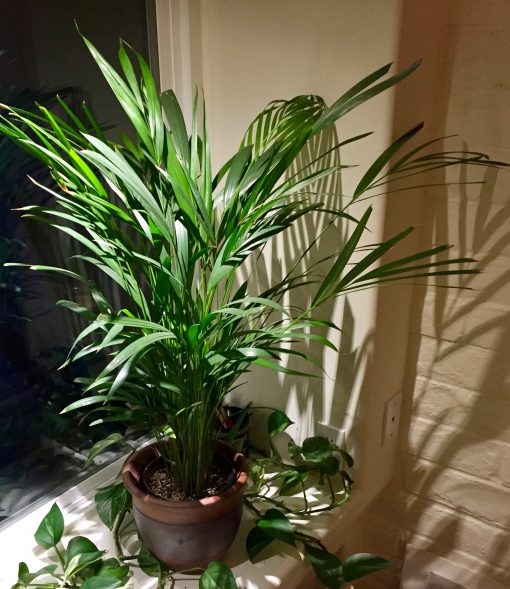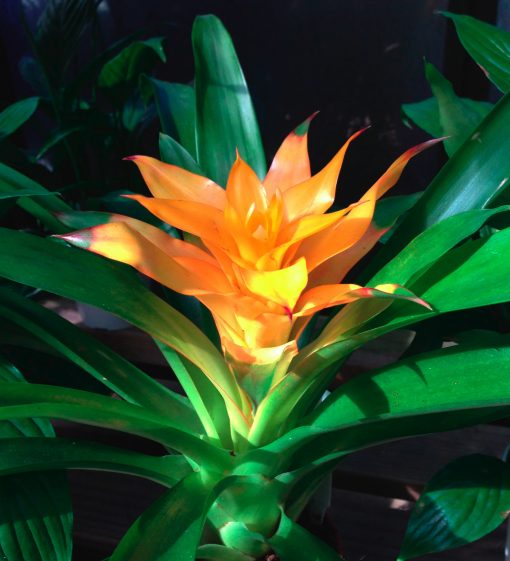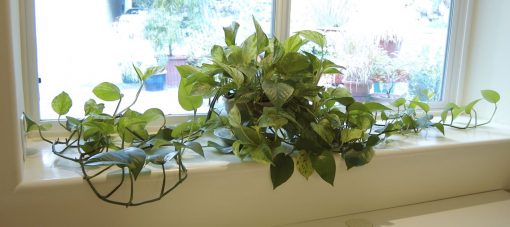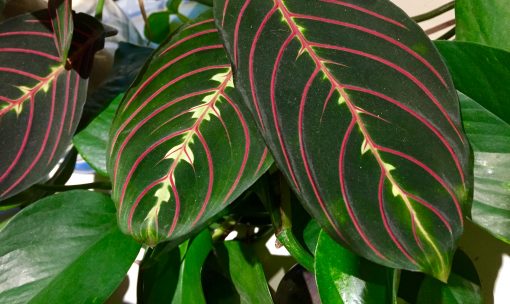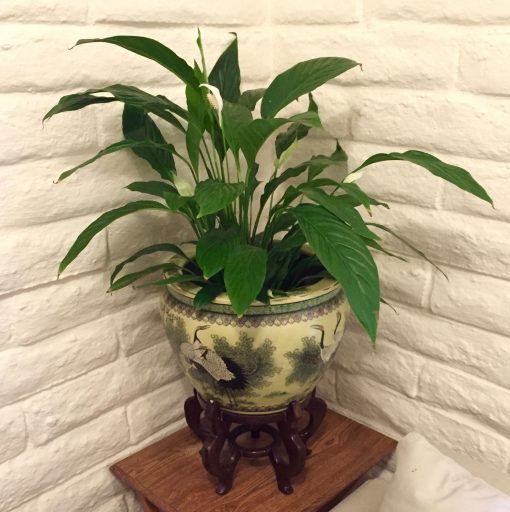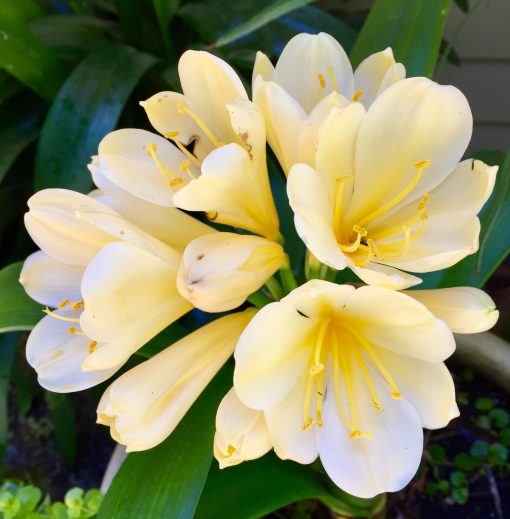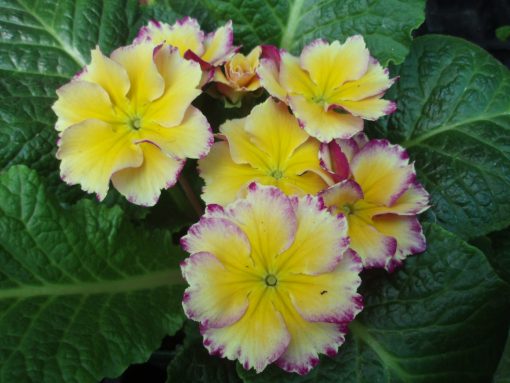
Tartarian is a good pollinator for other dark, sweet cherries.
Now is the time to add ornamentals and edibles like fruit, nuts, berries and vegetables while they?re available in bare root form. They are easy to plant, economical and establish quickly.
How delicious does a Sweet Treat Pluerry sound? This is a first of its kind combination with the sweetness of a cherry and the zing of a plum resulting in colorful fruit that hangs on the tree for over a month. Or how about planting a Cot-N-Candy Aprium from a bare root? This white flesh apricot-plum hybrid fruit tree has incredible sweet and juicy flavor.
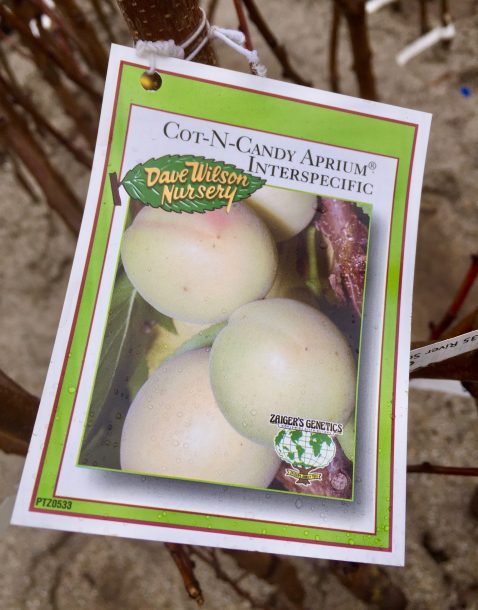
Shop for your plants in January or February while they are still dormant. Once leaves emerge or flower buds start to swell, roots have already started growing. You want your tree to start developing new permanent roots in their final home. Stone fruits such as apricots, peaches, plums and cherries are going to start waking up first so they are best put in the ground soon. Fruit trees like pears and apples wake up later so you can wait a bit longer to plant those varieties.
What fruit tree varieties can you grow here in the mountains? Well, almost everything. Most of us get 700-900 chilling hours per winter. What does that mean? Well, many fruit trees, lilacs and peonies need a certain number of hours during dormancy where the temperature is 45 degrees or less. You can give the plant more chilling in the winter but not less. Those in coastal Santa Cruz can grow Fuji apples as they require only 300 hours of chilling but not Red Delicious. We can grow both.
What if you don?t get full sun where you?d like to grow fruit trees? Apples, pluots and plums are good choices for an area that gets some sun- at least 5 hours a day during the growing season. The ideal is full sun but these trees will still set and ripen some fruit in partially shaded conditions. With peaches, nectarines or apricots it?s a different story. These fruits need hot sun to develop sweet, tasty fruit. Too little sun and they will not deliver anything close to what you have in mind.
What?s the correct way to plant a bare root tree? According to research, amending the soil is no longer recommended. Mountain Feed & Farm Supply in Ben Lomond has a great web site with all the information you need to get your new fruit trees off to a good start including pruning, staking, mulching and care as they mature.
Don?t plant in heavy saturated soil with a high clay content, however. If your soil drains poorly it?s best to place your bare root tree at an angle in a trench, cover with soil and water in. Wait to plant until the soil is crumbly and friable with plenty of pore space. Digging in waterlogged clay soil is one of the worst things you can do for your soil?s health.
With a little planning you can have fresh fruit 7 months of the year. By growing your own fruit you’re not at the mercy of mechanical harvesters and shipping practices. You can grow fruit and harvest it when the time is right. Homegrown fruit is a world apart from agribusiness and much less expensive than the Farmer?s Market.

